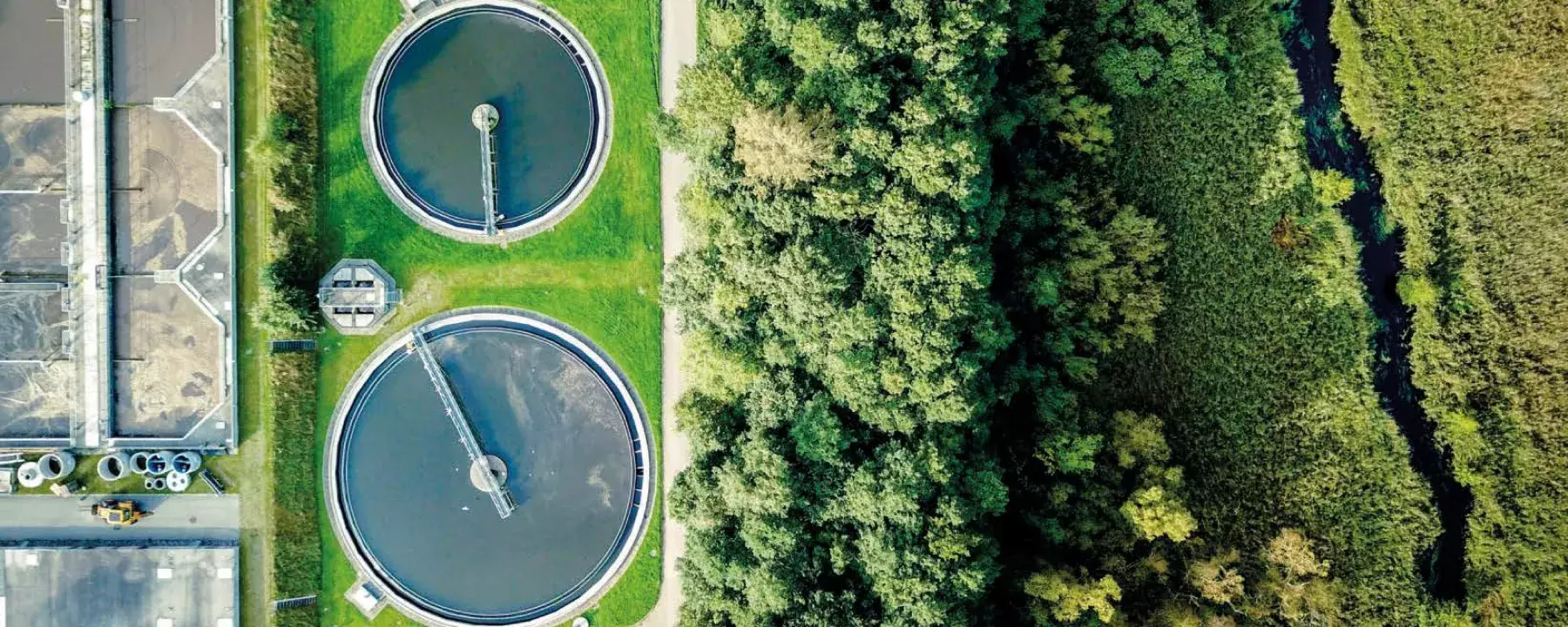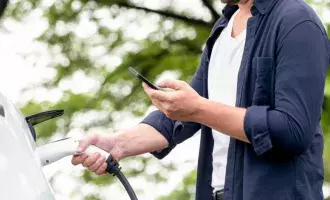Chris Cartwright, Head of Critical Infrastructure at Capita Consulting, discusses the role of data in water conservation.
The UK water utilities industry is under greater stress than at any other time in its history. This is due to changes in usage trends, supply and demand, societal behaviours, climate change and technological advances as well as scarcity and unpredictability of supply due to client changes. It’s also partly because most of our water infrastructure was designed and built in the Victorian era, if not earlier (the world’s first city-level water transfer project, completed in 1613, remains one of London’s main water resources).
The key to balancing supply and demand is the digitised gathering and predicting of usage and supply data. This digital foundation is the key to balancing the network and making it more efficient. Devices including sensors, meters, digital controls and analytical tools help utilities providers automate, monitor and control the transmission and distribution of water, to ensure that quality water is delivered when and where it’s needed. This technology benefits water providers’ operations – offering asset management and preventive maintenance, leak management, and water pressure and quality monitoring – as well as consumers – through more accurate, automated meter reading and by supporting water conservation.
The initiative Water Innovation 2050, backed by 19 UK utility firms, has laid out its strategy for ‘transformational change through innovation that delivers greater value for customers and the environment’. The strategy undertakes to:
- Provide the services society needs, expects and values
- Provide clean water for all
- Protect and enhance natural systems
- Deliver resilient infrastructure systems
- Achieve carbon neutrality
- Take a whole life approach to responsible consumption and production
- Enable diverse future-ready people and partnership working.
But if we’re to achieve all this, we can’t afford to run out of water.
Among the biggest challenges the water industry faces are the public’s misconceptions around the sustainability of the UK’s water supply. Despite a strong national sense of responsibility to decarbonise, combat climate change and protect the environment, only 10% of the public view water consumption as a key consideration – compared to plastic pollution (39%), energy consumption (22%), food waste (16%) and carbon footprint (11%).
While the centring of hygiene during the Covid-19 pandemic did increase people’s appreciation of clean water availability ,the perception persists that the UK, consisting as it does of a rainy archipelago surrounded by ocean, must be in no danger of running dry. Yet this is a genuine concern: daily household water usage almost doubled between the 1960s and 2020, from 85 litres to 143 litres per person. Meanwhile, owing to population growth and the effects of climate change, the Environment Agency warns that unless we take action by 2025, the UK will need an extra 3,435 million extra litres of water each day to meet demand – and parts of southern England could run out water by 2040.
Consumers simply aren’t sufficiently aware how quickly and easily water can become a scarce resource. Too many of us continue to use large volumes of fresh, clean drinking-quality water in applications where grey or even black water would suffice. Anglian Water is attempting to encourage grey water reuse by rebranding ‘waste water’ as ‘water recycling’ with its ‘Love Every Drop’ campaign, but this resource lacks the broad public awareness and uptake that renewable energy, by contrast, has received. From watering plant beds to running the central heating, grey water has multiple household uses and the potential to significantly reduce our dependence on drinking-grade water – and hence pressure on the water supply. In South Africa, where Day Zero loomed as a tangible threat as recently as 2018, rain catchment tanks have become standard in most households, their contents deployed for everything from washing cars to flushing toilets to irrigating kitchen gardens. The hope is that by rolling out smart water networks, utilities in the UK can work towards stemming the flow of waste. A Department for International Development (DFID) report published in association with Oxford University in 2011 on the benefits of smart water metering frequently mentions the data-collecting capabilities this solution offers. This data provides valuable information to enable leakage detection and remediation, records in more granular detail the way water is consumed and provides more efficient metering and billing. But might the data that smart meters gather be of use in changing customer behaviour?
Data may well encourage conservation through cost savings: regular automated meter reads can be used to inform customers of the environmental impact their usage has and advise on how they can save money by reducing that usage. Data also has the advantage simply of making usage more visible: an app on your smartphone could show how much you've used, perhaps in comparison with the national average. There is a future in monitoring devices that measure how much you use for washing your clothes, washing food, washing your car; for your central heating or watering the garden. A sensitive enough monitoring system could even charge different tariffs for different categories of usage.
Leafleting campaigns launched by some providers have failed to produce much in the way of behaviour change. Clearly more innovative, data-driven interventions are needed, like Southern Water’s Target 100 campaign. This initiative incentivises consumers to limit personal consumption of water to an average of 100 litres a day by 2040 (the company also undertakes to do its bit to reduce leakage by 15% by 2025 and 40% by 2040). Gamification has proved popular, pitting equivalent households against one another based on real-time water usage to stimulate healthy competition that in turn encourages more responsible behaviours. A 2018 study in Smart Water Grids concluded that “Gamification mechanisms appear to be promising and acceptable tools for incentivising pro-environmental attitudes and promoting water conservation habits in urban contexts.”
Government initiatives such as ECOs (energy company obligation), FIT (feed-in tariffs) and RHI (renewable heat incentives) have proved to be powerful enablers in driving awareness and behaviour change in the energy sphere. By making capital available for the rollout of energy efficiency and clean energy generation programmes, the Government offered a financial incentive that resulted in large-scale uptake. An active Government policy can make clear the responsibilities of water utilities while providing a mechanism to support the industry in delivering education and rolling out water-efficient programmes and solutions.
Because which company provides a household with water is determined essentially by postcode lottery, not all consumers receive the same quality of service, advice or information. Regulatory incentives may also be of use in driving such an initiative. Currently, low C-mex (customer satisfaction) scores can result in a providers being criticised or financially penalised. A change in focus by the Water Services Regulation Authority (Ofwat), offering financial or other incentives for raising awareness, may well contribute to its success.
Customer experience greatly affects customer trust in a company – simply put, the better a customer’s experience with a provider the more likely they are to regard and trust what the provider tells them. If utilities across the board improve their customer engagement, those customers may be more willing to participate and share data on a more granular level. Positive customer experience, coupled with a concerted and coordinated public awareness campaign by Government and water utilities to highlight the danger of water scarcity and how to combat it, could well be the winning formula that raises water’s profile to match that of energy.







